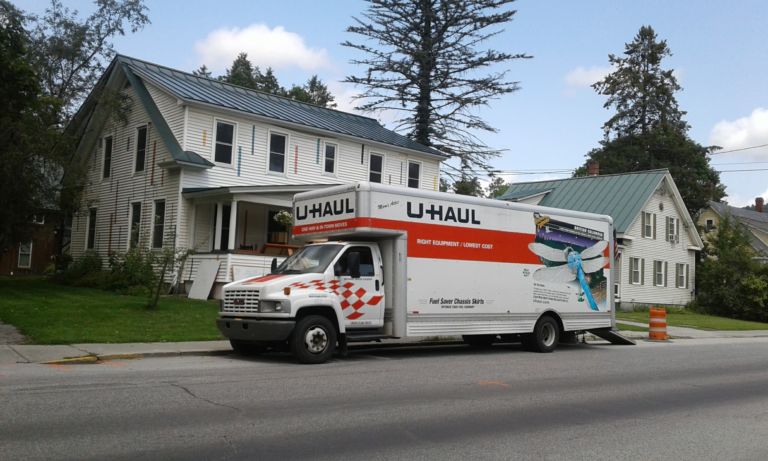Ryan Streeter writes about the latest evidence of people voting with their feet.
The recent cascading announcements by companies such as Hewlett Packard Enterprise, Oracle Corp., Boeing Co., Citadel, among others, that they are leaving high-cost urban areas for more livable cities in states such as Florida, Texas and Virginia have not happened in a vacuum.
Urban leaders who have treated cost-of-living concerns, crime and schools as unworthy of their attention are discovering that many residents no longer find their cities worthy of their continued loyalty, or tax dollars.
As crime rates soared, urban elites downplayed the crime problem that every urban resident knew was worsening. They defunded or restrained the police as violence skyrocketed. People fled urban areas and others stopped moving to them.
Between 2020 and 2021, roughly the same share of black residents left large cities as moved into the suburbs.
Historically, when people leave troubled cities, they head for places we might call “opportunity metros” (places such as Austin, Texas, Nashville, Tennessee, and Raleigh, North Carolina, for example) with good job prospects and livability.
They still do, but because the location of one’s job is less relevant for millions of workers, people have moved primarily because of quality-of-life and affordability concerns, which have exposed the deep weaknesses of America’s higher-cost cities.
So, two years after America’s unplanned COVID-and-crime experiment began, we can take stock of some lessons for reformers.
First, opportunity metros did well during the pandemic. Among the 56 metro areas with more than a million residents, familiar destinations such as Austin and Raleigh continued to serve as landing pads for coastal migrants, but so did places like Jacksonville, Florida, and Oklahoma City. …
… The common characteristics of those destination cities – relatively affordable housing, amenities, good jobs – can be found almost anywhere people have moved to during the pandemic.

